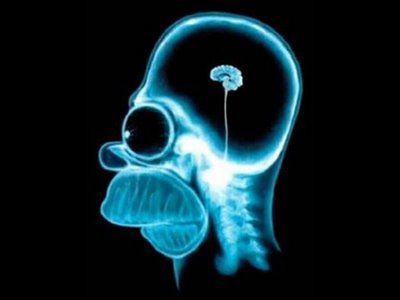Their bodies and my brain
 Despite years of biology and animal physiology it seems that knowledge is never complete. There is plenty more information to memorize and then apply in a clinical setting. It has only been a couple of weeks but my brain still feels small. The days are long and medical students are kept very busy. So busy in fact, that the meeting with our first patients – the human cadavers – was a non-issue. We simply had far too many structures to dissect, in the time we are allowed, to think about this human being that gave their body for our studies. And so, out of respect, we work hard to glean as much as we can about gross anatomy.
Despite years of biology and animal physiology it seems that knowledge is never complete. There is plenty more information to memorize and then apply in a clinical setting. It has only been a couple of weeks but my brain still feels small. The days are long and medical students are kept very busy. So busy in fact, that the meeting with our first patients – the human cadavers – was a non-issue. We simply had far too many structures to dissect, in the time we are allowed, to think about this human being that gave their body for our studies. And so, out of respect, we work hard to glean as much as we can about gross anatomy.However, one student thought that the heads of our cadavers would be left alone – left covered. He was a bit rattled when I mentioned that we would eventually uncover the heads later in the course. It’s the idea of coming face to face with a dead person. I suppose he felt that recognizing the facial features of another human being is a bit more intimate than exploring their internal cavities. For myself, I am prone to looking at their hands. What were the things they touched in life? What precious words did they write with their hands? Did they dig ditches? Did they paint? Did they play an instrument? Who was the last person they waved goodbye to? Whose was the last cheek they touched?
One interesting thing to note is that some cadavers still bear the evidence of prior surgeries. Some have gastric feeding tubes or pacemakers and one had a tracheal incision indicating a life saving attempt that apparently failed. I wonder what pieces of modern civilization will adorn my body when I die.
- Just a peasant


0 Comments:
Post a Comment
<< Home (ホームページ)